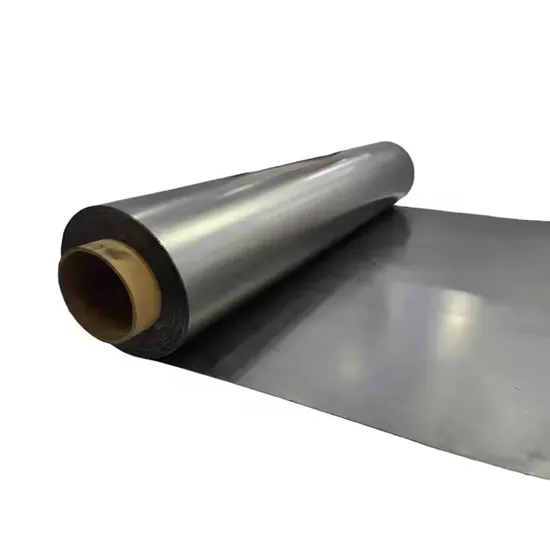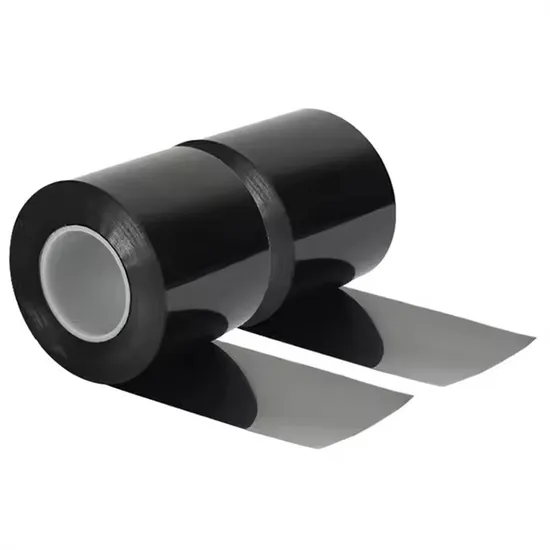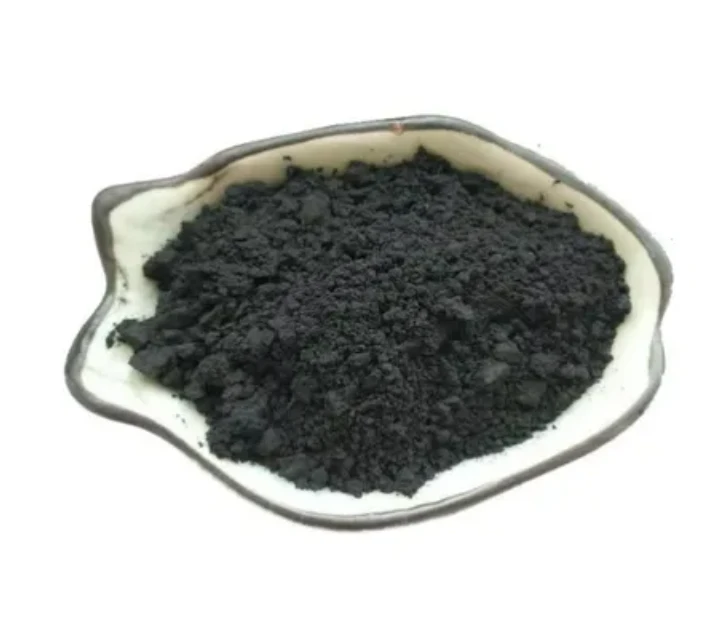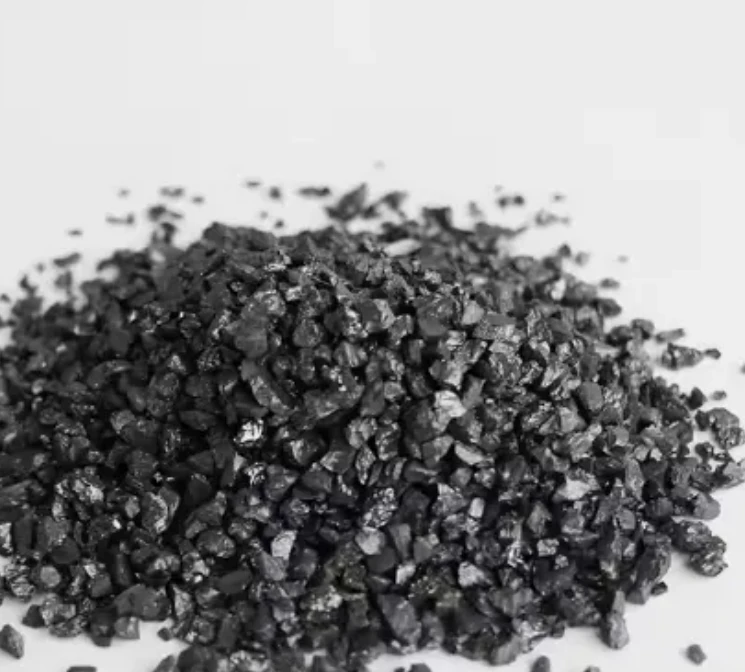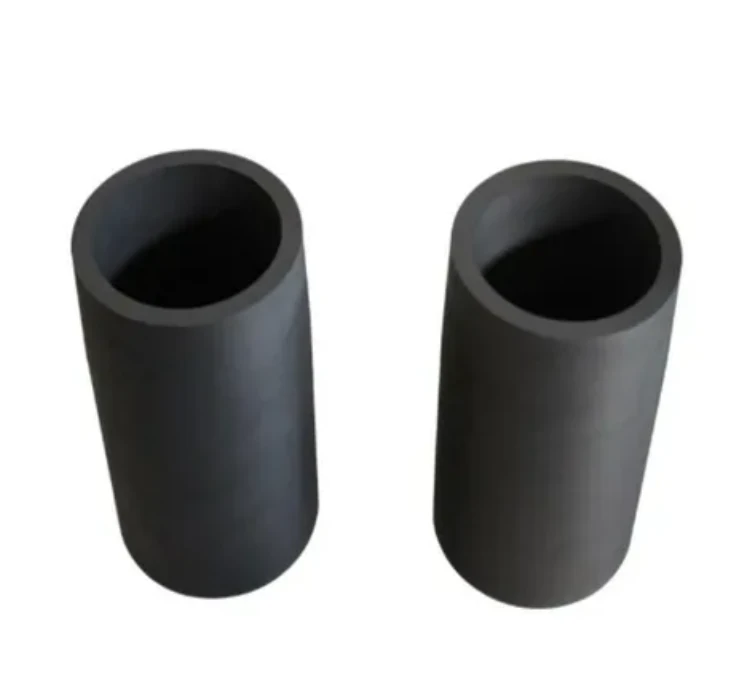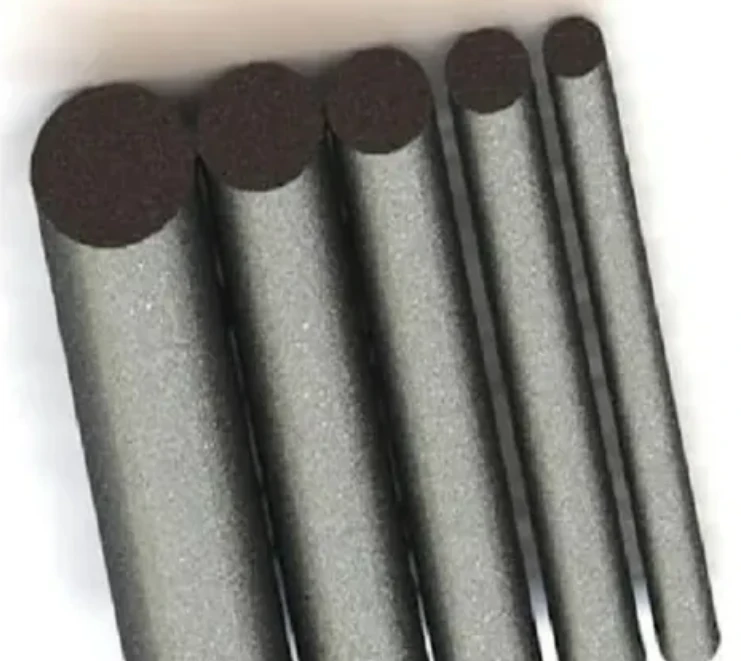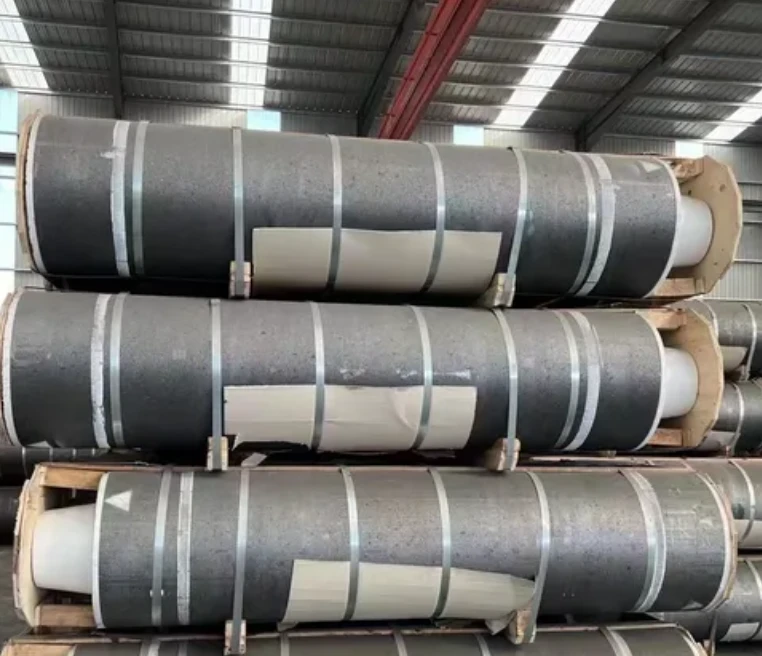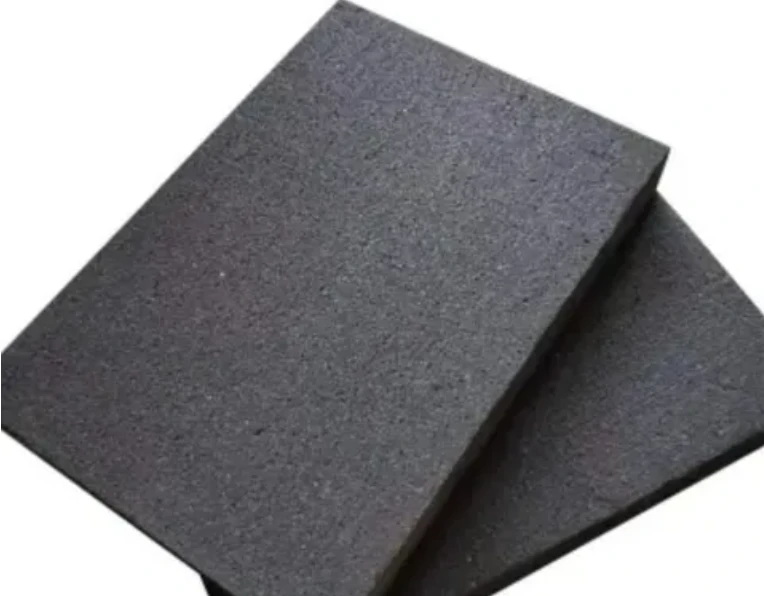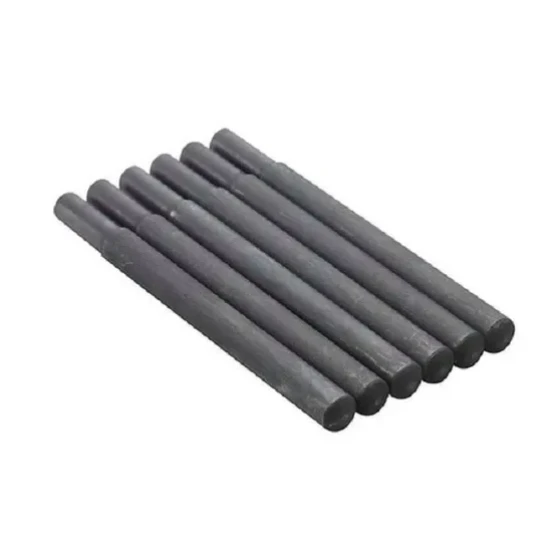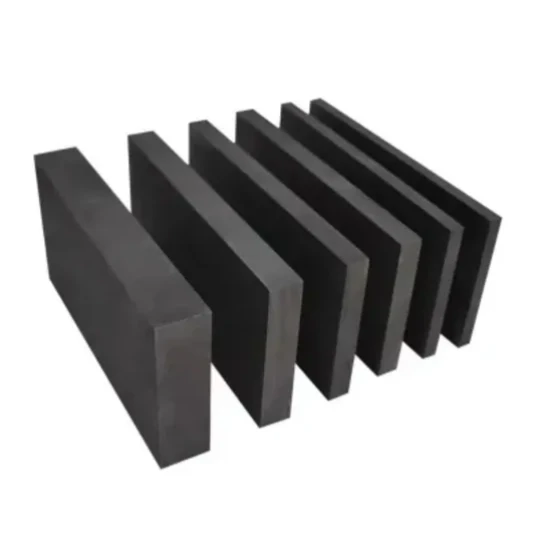- Englist


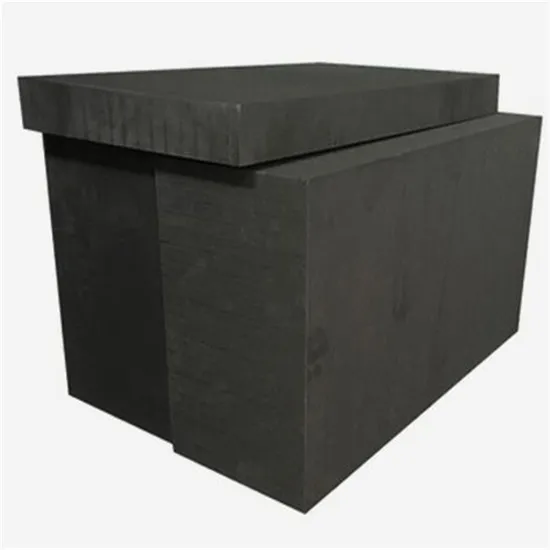
- Introduction to Graphite Rods and Industrial Relevance
- Technical Advantages: Why Graphite Rods Outperform Alternatives
- Graphite Rod Factory Capabilities: Scale and Precision
- Global Supplier Comparison: Data-Driven Insights
- Custom Solutions for Diverse Industry Requirements
- Case Studies: Real-World Applications of Graphite Rods
- Sustainability and Future Trends for Graphite Rod Exporters

(graphite rod)
Understanding Graphite Rods in Modern Manufacturing
Graphite rods are critical components in industries ranging from metallurgy to aerospace. Composed of high-purity carbon, these rods exhibit exceptional thermal stability, electrical conductivity, and corrosion resistance. Unlike standard carbon rods, graphite variants undergo specialized processing to achieve densities exceeding 1.75 g/cm³, enabling performance in extreme environments (temperatures up to 3,000°C in inert atmospheres). As demand grows for energy-efficient solutions, graphite rod
exporters are innovating to meet global standards like ASTM C781 and ISO 2909.
Technical Superiority in High-Stress Applications
When comparing carbon rod vs graphite rod, three metrics define superiority:
- Thermal Conductivity: Graphite rods achieve 120-160 W/mK versus 20-40 W/mK for carbon
- Oxidation Resistance: Operational lifespan increases by 300% in oxidizing environments
- Mechanical Strength: Flexural strength of 50-70 MPa compared to 15-30 MPa for carbon
Leading graphite rod factories utilize isostatic pressing and chemical vapor deposition to minimize porosity (<1.5%), a key factor in semiconductor manufacturing.
Global Manufacturing Benchmark Analysis
| Supplier | Production Capacity (tons/yr) | Density (g/cm³) | Certifications |
|---|---|---|---|
| Factory A (Asia) | 12,000 | 1.78 | ISO 9001, AS9100 |
| Factory B (Europe) | 8,500 | 1.82 | EN 1090, Nadcap |
| Factory C (North America) | 6,200 | 1.75 | ASTM D7775, ITAR |
Tailored Engineering for Sector-Specific Needs
Advanced graphite rod factories offer:
- Diameter customization from 5mm to 600mm
- Ultra-low ash content (<300 ppm) for nuclear applications
- Silicon carbide coatings for enhanced wear resistance
Recent projects include 400mm rods with embedded thermocouples for continuous temperature monitoring in glass production furnaces.
Operational Efficiency in Critical Industries
A 2023 study across 14 steel plants demonstrated:
- 23% reduction in electrode consumption using graded-density graphite rods
- 15% energy savings in vacuum furnace operations
- 40% longer service life in chemical processing pumps
Environmental Leadership in Graphite Rod Export
Forward-thinking graphite rod exporters now implement closed-loop recycling systems, recovering 92% of production waste. This aligns with the Global Carbon Council's 2030 roadmap, reducing CO₂ emissions by 8.2 tons per 1,000 rods manufactured. Emerging markets show 17% annual growth in green manufacturing partnerships.
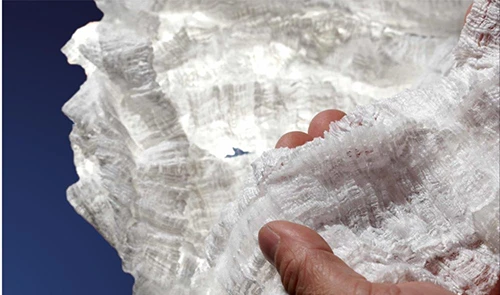
(graphite rod)
FAQS on graphite rod
Q: What are the primary applications of graphite rods?
A: Graphite rods are widely used in high-temperature environments, such as furnace heating elements, semiconductor manufacturing, and electrochemical processes due to their thermal stability and conductivity.
Q: What is the difference between a carbon rod and a graphite rod?
A: Carbon rods are less refined and have lower purity, while graphite rods undergo high-temperature treatment for enhanced thermal conductivity, corrosion resistance, and structural integrity.
Q: How to choose a reliable graphite rod factory?
A: Prioritize factories with ISO certifications, advanced production equipment, and proven expertise in customizing rods for specific industrial applications like aerospace or energy storage.
Q: What advantages do graphite rod exporters offer?
A: Exporters provide global logistics support, compliance with international quality standards (e.g., ASTM), and tailored solutions for bulk orders, ensuring timely delivery and cost efficiency.
Q: Can graphite rods be used in corrosive environments?
A: Yes, graphite rods exhibit excellent corrosion resistance, making them ideal for chemical processing, battery systems, and marine applications where durability is critical.





 Pervious
Pervious
 Next
Next
